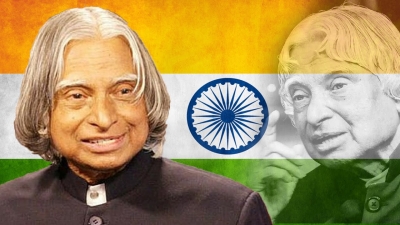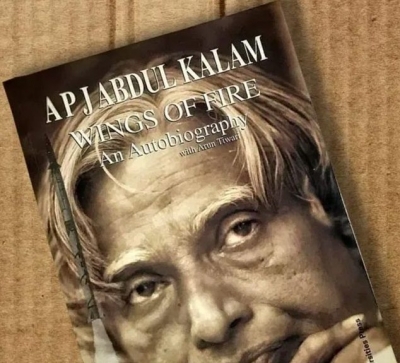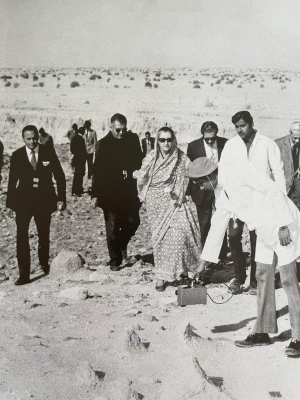
A person of exemplary calibre and fierce patriotism, former President Dr. A. P. J. Abdul Kalam embodied the best of what an Indian can aspire to be. Let us look at one of his most memorable addresses titled, ‘My vision for India’.
On May 25, 2011, Dr APJ Abdul Kalam gave one of his greatest speeches at the IIT Hyderabad campus, titled ‘My vision for India.’ His simple and self-explanatory inaugural address for the IIT TechFest outlined his aspirations for his motherland and highlighted the need to increase meaningful public participation in nation-building activities.
A man of action
One of India’s most celebrated scientists Dr. Kalam was an aeronautical engineer by training. His 1998 project The Technology Vision 2020′ was an action plan that sought to achieve economic growth through technological development, with special emphasis on facilitating agriculture and increasing the accessibility and quality of healthcare and education. During his tenure as the 11th President of the country(from 2002 to 2007), India’s ‘missile man, as he was popularly called in the media, promoted the advancement of the national nuclear weapons program, and under his leadership. India developed strategic missiles like ‘Agni and Prithvi’ and tactical missiles like ‘Aakash’ and Thrissur’.
Even after the end of his official term Dr Kalam’s passion for education and societal transformation came to the forefront in his addresses across various cross-sections of society from school children to policymakers.
His visions for India
“In 3,000 years of our history, people from all over the world have come and invaded us, captured our lands and conquered our minds… Yet, we have not conquered anyone. Because, we respect the freedom of others, and this is why my first vision is that of freedom. I believe that India got its first vision of this in 1857, when we started the war of Independence. It is this freedom that we must protect and nurture and build on.” (an excerpt from My vision for India)
Dr Kalam sought the freedom that nurtured creativity and independent thinking. Freedom that instilled the courage to stand one’s ground against all odds. He wanted India to be confident in its identity, and progress towards becoming a developed nation, self-reliant and self-assured.
“We have been a developing nation for fifty years… my second vision for India is development. (an excerpt from My vision for India) In his public addresses, he often asked his audiences to repeat the dictum “Dreams transform into thoughts and thoughts result into action”. He really believed that the day we as citizens recognised our duties towards the development of our nation (dismissing all the personal biases) and joined forces to work towards identifying and meeting the needs of ‘all’ India will truly become developed.
“I have a third vision. India must stand up to the world. Because I believe… Only strength respects strength. We must be strong not only as a military power but also as an economic power. Both must go hand-in-hand.” (an excerpt from My vision for India) He ends his speech by echoing J.F.Kennedy’s words to his fellow Americans to relate to Indians… Ask what we can do for India and do what has to be done to make India what America and other western countries are today.” (an excerpt from My vision for India)
QUICK FACTS ON KALAM
- Born in a humble household of Rameswaram, Tamil Nadu, Dr. Kalam distributed newspapers as a 10-year-old to supplement his family’s income.
- Dr. Kalam was the project director of the SLVIII, the first satellite launch vehicle that was both designed and produced in India.
- Dr. Kalam was fondly called People’s President because of his simplicity and love for his countrymen.
- Dr. Kalam was the first Asian to be honoured with Hoover Medal. America’s top engineering prize for outstanding contribution to public service on April 29, 2009
- In 2012, Dr Kalam launched a campaign called What Can I Give Movement, to develop a “giving” attitude among the youth and to encourage them to contribute towards nation building by taking small but positive steps.
Picture Credit : Google



